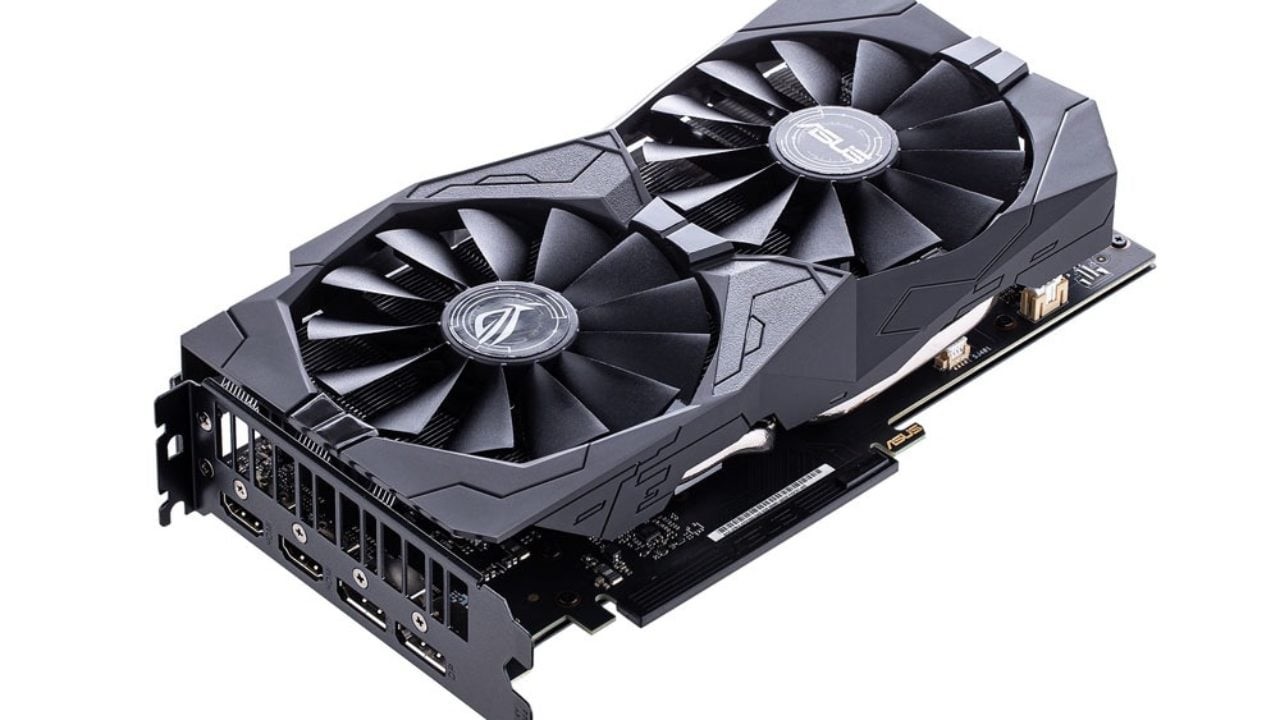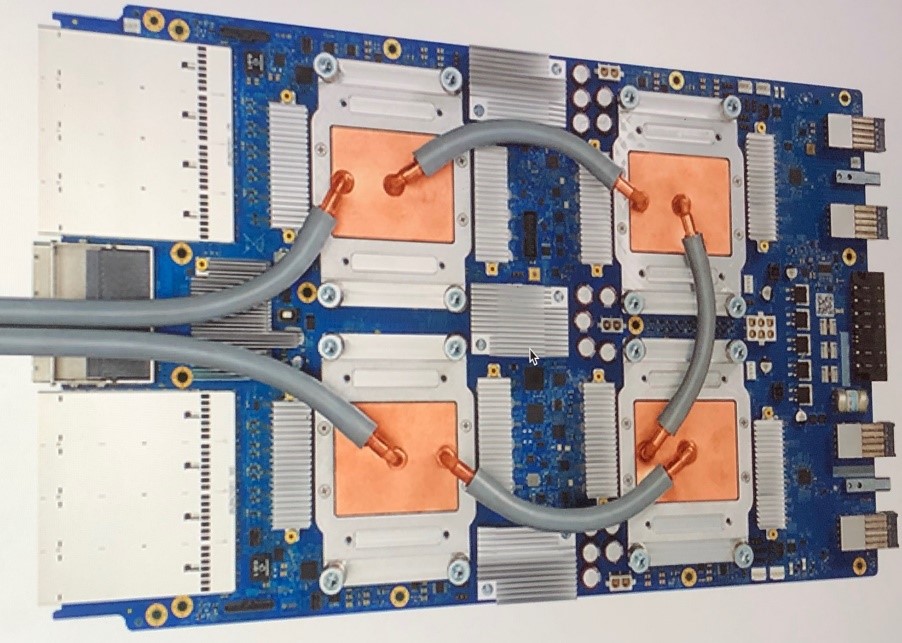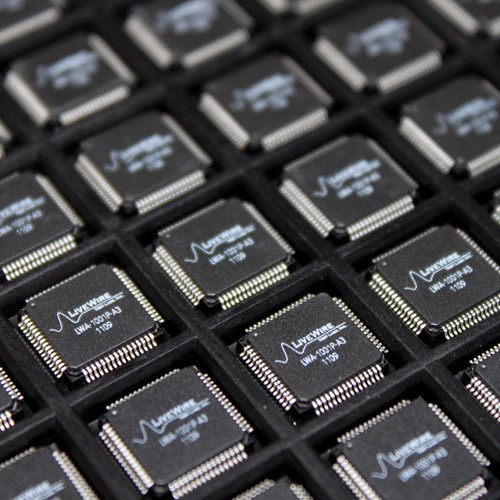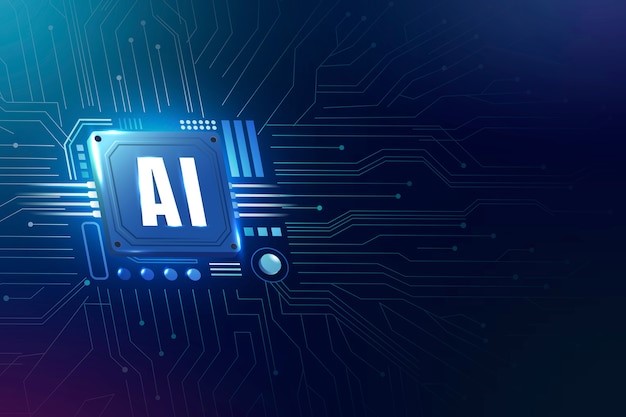FPGAs - Flexibility and Performance in AI Processing
Field-Programmable Gate Arrays (FPGAs) offer a unique combination of flexibility and performance in AI processing. This blog post explores the architecture, benefits, and applications of FPGAs, highlighting their role in accelerating AI workloads and their adaptability to specific tasks.
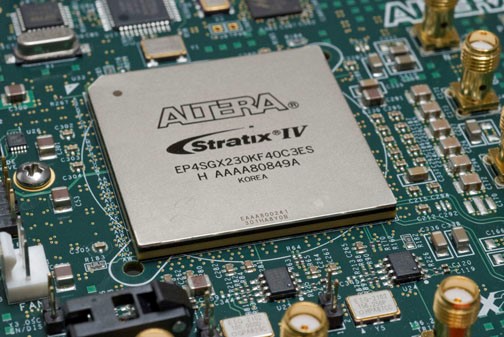
Figure 1. FPGAs.
Introduction to FPGAs
FPGAs are integrated circuits designed to be configured by the customer or designer after manufacturing—hence "field-programmable." Unlike GPUs and TPUs, which have fixed architectures, FPGAs can be reprogrammed to suit specific computational needs [1]. Figure 1 shows FPGAs.
Key Characteristics
- Reconfigurability: Ability to reprogram the hardware to optimize for different tasks.
- Parallelism: Support for parallel execution of multiple operations, similar to GPUs.
- Customization: Customizable to meet the precise requirements of specific applications.
FPGA Architecture
FPGAs consist of an array of programmable logic blocks and a hierarchy of reconfigurable interconnects, allowing blocks to be wired together like in a custom-designed chip.
Key Architectural Features
- Configurable Logic Blocks (CLBs): Basic units of logic that can be programmed to perform complex combinational and sequential functions.
- Interconnects: Flexible routing resources that connect CLBs and other components.
- DSP Slices: Specialized blocks for digital signal processing, crucial for AI tasks.
- Embedded Memory: On-chip memory blocks for storing data and intermediate results.
- High I/O Bandwidth: Supports multiple high-speed interfaces, making it suitable for real-time processing [2].
Flexibility and Customization
The reprogrammable nature of FPGAs allows them to be tailored for a wide range of applications, providing a balance between performance and versatility.
Key Benefits
- Adaptability: Easily reconfigured to support new algorithms or protocols, extending the hardware's lifecycle.
- Performance Tuning: Optimization of hardware for specific workloads, improving efficiency and performance.
- Prototyping and Development: Ideal for developing and testing new AI models and architectures before committing to an ASIC design.
Major Manufacturers
Xilinx
A leading provider of FPGAs with products like the Virtex, Kintex, and Artix series. Acquired by AMD to enhance their AI and data center capabilities.
Intel (Altera)
Known for the Stratix, Arria, and Cyclone series. Focuses on integrating FPGAs with Intel processors for hybrid computing solutions.
Use Cases in AI
FPGAs are used in various AI applications, especially where real-time processing and low latency are critical.
Key Applications
- Edge Computing: Running AI models on edge devices for real-time decision-making, such as in autonomous vehicles and industrial automation.
- Data Center Acceleration: Enhancing the performance of data centers by offloading compute-intensive AI tasks.
- Custom AI Model Implementations: Tailoring the hardware to specific AI models for optimized performance.
- Real-time Analytics: Processing and analyzing data as it is collected, useful in finance, security, and healthcare.
Advantages and Limitations of FPGAs
Advantages
Customizability: Highly adaptable to different AI workloads and evolving algorithms.
Low Latency: Excellent for real-time processing due to their parallel architecture.
Energy Efficiency: Can be optimized for power efficiency, crucial for edge devices.
Limitations
Complexity: Requires expertise in hardware design and programming, often using hardware description languages like VHDL or Verilog.
Cost: Can be expensive, especially for high-performance models.
Development Time: Longer development cycles compared to using off-the-shelf GPUs or TPUs.
Conclusion
FPGAs provide a unique blend of flexibility and performance, making them a powerful tool for AI processing. Their ability to be reprogrammed allows for customization and optimization, which is invaluable in the rapidly evolving field of AI.
References:
- https://en.wikipedia.org/wiki/Field-programmable_gate_array
- https://www.xilinx.com/products/silicon-devices/fpga/what-is-an-fpga.html
Cite this article:
Hana M (2024), Decoding AI Hardware: A Comprehensive Guide to GPUs, TPUs, FPGAs, and ASICs, AnaTechmaz, pp. 3


